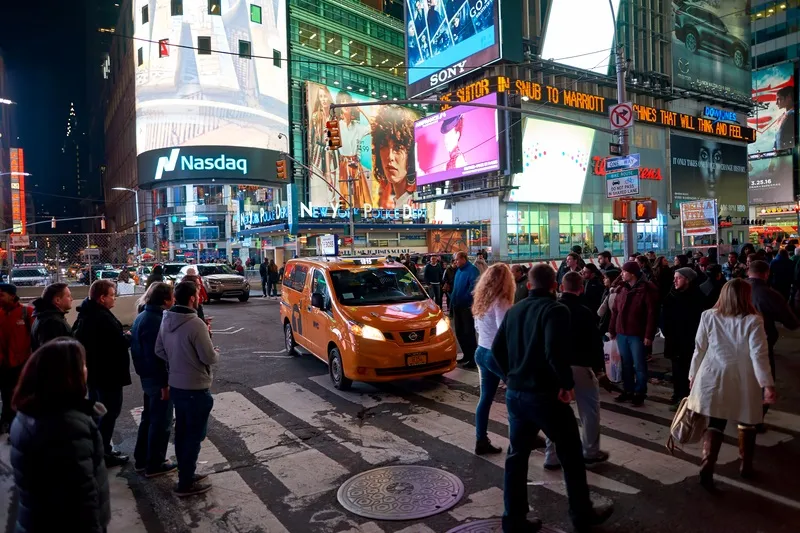
According to the US Centres for Disease Control and Prevention, on average two members of the country’s indigenous communities - American Indians or Alaskan Natives (AI/AN) - die every day in motor vehicle crashes. This represents a far higher percentage than that of the country’s general population. Historically, the US states with the worst records are Wyoming, South Dakota, Montana, North Dakota and Arizona.
Over the three decades to 2014, numbers of fatal crashes on Native Indian reservations rose sharply compared with national trends. Both US federal agencies and tribal transportation leaders agreed that the issue had become critical, but were hampered by the paucity of research findings to support strategic policymaking and justify the necessary investments.
Among those that have responded to the need is a long-running partnership between mapping and spatial analytics specialist
Another initiative is the Tribal Road Safety Project at the University of Berkeley, California’s Safe Transportation Research and Education Center (SafeTREC). Work to date has identified the need for the closer examination of the causes of road-departure collisions, one of the most frequent crash types occurring on and around tribal lands.
Claremont’s Professor Tom Horan told
“We have used GIS to help quantitatively in analysing ‘hot’ and ‘cold’ accident spots; and qualitatively in telling the safety narrative through ‘story maps’. Our interest is in extending GIS capability to improve the efficiency and effectiveness of data analysis throughout the tribal safety planning and implementation process.
“Smaller tribal regions have limited staff capacity to spend time in learning about, and using, GIS for increasing traffic safety. Part of our work has therefore involved creating templates that they can use to manage their own data more easily.”
Many tribes, he continued, are deploying GIS not just for transportation, but also for wider management functions, such as land use. “Multiple use is important.”
Speaking at the RSI in November 2016, SafeTREC co-director Professor David Ragland highlighted current work, in conjunction with the US National Indian Justice Center, on a new tribal road safety tool. This will enable the area-specific analysis of data derived from sources such as California’s statewide integrated traffic records system as the basis for clearly identifying traffic collisions in tribal locations.
It will also establish the scope for incorporating data from other sources. These could include tribal areas’ own law enforcement agencies (out of California’s 110 tribes, 33 have police departments), first responders and emergency management services.
One issue has proved to be jurisdictional as the integrated traffic records system lacks the necessary codings for locating events on roads owned by tribes, unlike the roads owned by other public agencies. In response, SafeTREC has developed an approach to identifying collisions on tribal areas by first geocoding them and then overlaying each with a tribal area shapefile (an Esri-developed geospatial vector data format for geographic information system software).
Another factor to emerge is that it can take twice as long for the emergency services to deliver the victims of crashes in tribal areas to their nearest trauma centres, which has highlighted the need for better communications and despatch systems.
Looking further ahead, Ragland is considering the feasibility of developing a dedicated version of a strategic highway safety plan for use on tribal road networks. Under the US’ Federal Highway Safety Improvement Program, a strategic highway safety plan is a required state instrument which aims to secure substantial reductions in traffic deaths and serious injuries on public roads through implementing infrastructure-based upgrades.










